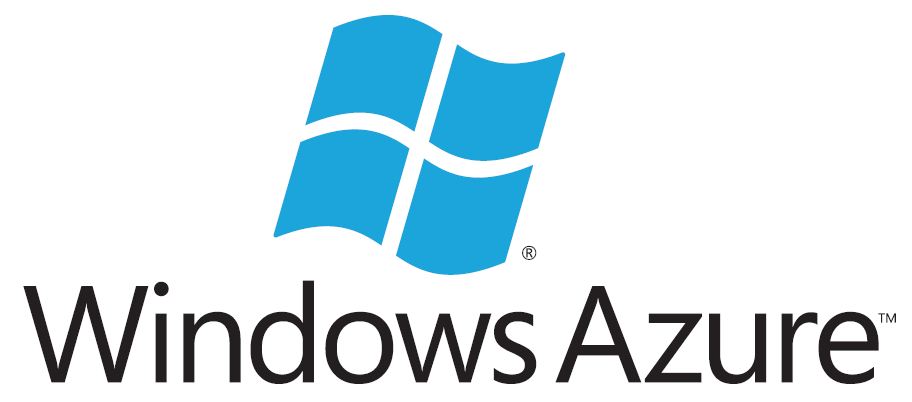Microsoft has announced general availability for Windows Azure Infrastructure Services with a promise to match any price drop from Amazon Web Services (AWS). Microsoft marked the occasion with a decrease in pricing for cloud services and virtual instances, ranging from 21 to 33 percent. Windows Azure’s infrastructure services have been in preview since last June.
Specifically, Azure will match price drops from AWS on commodity services such as compute, storage and bandwidth. Virtual machine instance prices will drop 21% and PaaS will go down by 33 percent.
The move is meant to quiet the perception that Azure is more expensive than AWS, said Bill Hilf, general manager of Windows Azure product marketing in an interview yesterday.
Hilf that they will also offer new high memory instances of up to 28 and 56 gigabytes to accommodate applications such as Microsoft Sharepoint that just need more memory.
Hilf noted that Azure originated as a PaaS cloud, targeting .Net and new apps. Adding IaaS capability allows developers to come to Azure in an easier way, marked by the release last week of Active Directory, which allows for IT to manage identity across Azure and Microsoft environments.
Microsoft has consistently added new capabilities over the past several months to its Azure platform. For example, in March, Windows Azure added new support for a number of services including PhoneGap, Dropbox and Hadoop.
Like Amazon with AWS, Microsoft does not break out revenues for Azure. He did say that Azure has spun up 1.5 million virtual machines for customers and has 200,000 customers, signing up as of late about 1,000 per day.
Hilf said the core differentiator with Amazon and Google is the choice they provide on-premise in the cloud or the combination of the two. Enterprise shops want that capability to enhance their own infrastructure and take advantage of what the cloud offers.
The difference for Azure will come down to how well it can convince enterprise customers to use its service over AWS, which had an estimated $1.8 billion in revenues last year and is projected by at least one analyst firm to hit $20 billion in revenues by 2020. AWS has grown so rapidly by giving developers choice and being the go-to service for its massive computational and storage capacity. It has dozens of instance types and consistently drives down its pricing.
But success in the enterprise remains elusive for AWS. It has not made a big mark there and may not due to its public cloud centric approach. Google faces challenges for similar reasons.
OpenStack means a CIO has to think about installing software and orchestrating the infrastructure correspondingly.
Overall, Microsoft has a strong offering for the enterprise customer. The question becomes how it can compete with AWS across the entire spectrum of what the cloud leader offers.






























Comment